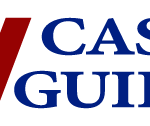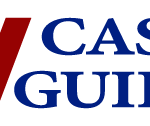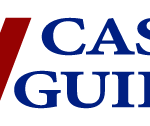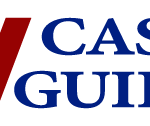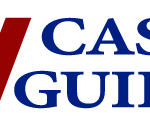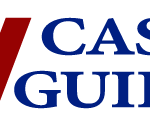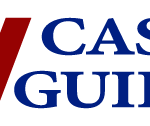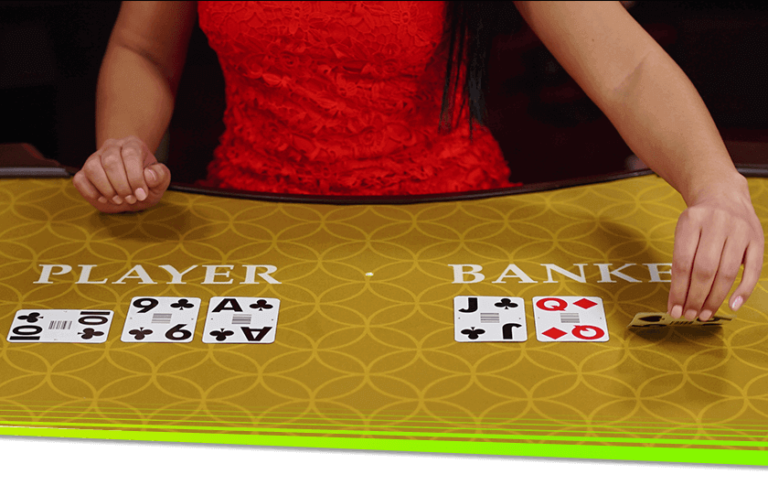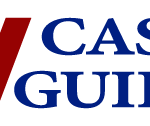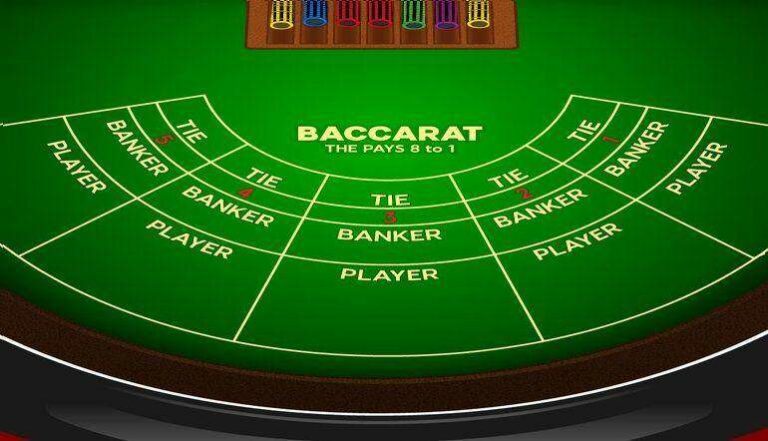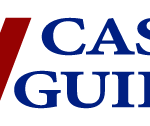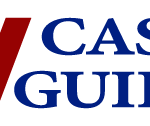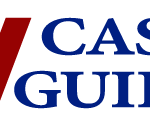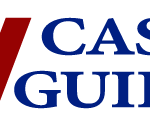Professional bettors have found ways of making a living betting on horse races, such as Kerry Packer and Edward E. Thorp. These bettors made several winning wagers to achieve positive monthly yields.
What does it take to make long-term profits from horse races? Do you need a degree in statistics or calculus to get rich on the tracks? This article will talk about finding profitable wagers for horse races.
Profitable Horse Race Bets
Profitable racing wagers are ones you consistently make to cover the costs of each wager you make while supporting your gambling career. Note that making a living out of sports wagers is not about winning high-paying bets in the Breeders Cup or the Melbourne Cup. It is all about winning enough wagers to get a significant return. While you can make substantial money with an underdog wager of 100 to 1, you can make even more money finding valued bets.
The basis behind a profitable horse race is its likelihood of winning and decent returns. Remember that this is not about regularly betting on the favorites or ones with odds of 2-1. Professionals look for thoroughbreds that are wrongly scrutinized and priced by bookies among horse books.
Imagine a bookie setting a 6-1 to a horse because it only got to place during the last three races. A professional who has done the legwork in researching the previous races will know that the goings for that track were soft, which was not ideal for the horse during that time. That specific horse has been trained for soft tracks and is likely to reach 1st or 2nd in the next race. Smart bettors would set a win or place on that horse instead of the favorite due to its favorability to previous records and current improvement.
The example above is a radical one of how smart bettors take advantage of a bookie’s mistake since they rarely make one. With knowledge and experience, you can spot these rare mistakes.
Note how professional bettors do not need to earn enough to support themselves by winning their wagers. Professionals aim for a 5% yield out of thousands of bets where their winnings offset their losses and cover expenses.
What It Takes to Find Profitable Horse Race Bets
Bettors need a business mindset to make horse race betting a career. A successful business is all about knowledge since this allows owners to hire capable employees, find trusted suppliers, and buy state-of-the-art equipment for their products. A successful professional horse race bettor gathers all the information they can find on the horses and find the proper selection to risk with their capital.
Winning on your terms instead of the bookies comes down to a deep understanding of horse racing, which involves knowing the various wagers available and the information on a race card. Here are the factors to consider when looking up profitable bets at the tracks.
Be Familiar with The Bets
Horse racing has a variety of wagers as sports betting. Each horse bet has its level of risk or chance of winning. Higher levels of risk usually lead to better payouts.
The three straightforward wagers illustrate the risk-vs-reward payout: win, place, & show. A win bet is a prediction on which horse will take 1st place. A place wager is for a horse to take either 1st or 2nd place. A show bet is for a horse to get 1st, 2nd, or 3rd place. Since the win bet has a low chance of winning, you can expect incredibly high yields if you get this right. On the other hand, a place and show
Beneath the standard wagers tip is a large body of exotic horse betting wagers that involves two or more horses in a wager. There are the riskiest ones, such as exacta, trifecta, and superfecta, where you predict the correct order of horses that will finish. If the risks are too hard to swallow, there are the swinger bets where you predict two to five horses that will get to the top three places.
Casual bettors tend to limit themselves to standard wagers on horse races, while professionals will go through all available options. Knowing the various bets you can make will help you find wagers that fit your betting strategy.
Understand The Race Cards
Organizers provide a race card for upcoming events that offer details on each horse. Racecards have numerous information that can intimidate new bettors. However, every piece of data gives you an insight into how well each horse will perform in the next race.
Forms are the most critical data to digest since these numbers show how well a horse did in previous races. The series of numbers in each form is the position a horse finished in the last race, while a dash ( – ) separates the seasons. Bettors read the forms from left to right, where the numbers on the left are from the oldest race while the ones on the right are from the most recent. Lookout for abbreviations on a horse’s form, including F (fell), UR (unseated rider), P (pulled up), BD (brought down), & R (refused) since these are signs of troubled horses.
The letters next to the form or horse name are also crucial since these show the last race’s results. The abbreviations are:
C– An abbreviation of course, indicates the horse won on the same track.- `D` – An abbreviation of distance and an indication the horse won with the same distance as the track.
CD– An abbreviation of course & distance to show the horse won on the same track with the same distance.BF– An abbreviation of beaten favorite to show the horse was the favorite of the last race but did not win.
The info on a race card can lead to the smartest bet in horse racing. Understanding the data on a race card can provide you with more information on a horse’s chance of winning.
Reading the Odds
Horse race odds can tell a participant’s chances of winning and the potential payout. These odds are usually in a fraction format, such as 5/2, 10/1, & 6/5. A quick way of understanding is to see the first number as the profit you will make while the second is the amount you need to stake to get that profit. With the first odds, you need to wager $2 to get $5 should the horse wins. Much like sports betting, odds with lower payout potential indicate a horse with higher chances of winning.
Importance of Horse Race Betting Bankroll
How would you know if your horse race bets are becoming profitable? Have a bankroll dedicated to horse race bets. A bankroll is your funds divided into several betting units. If you have $500 to spend and wagers of $1 each, the number of betting units you can make with your bankroll is $500.
A bankroll will help you see if your wagers are helping you achieve a positive monthly yield. When you see a decline in your bankroll, you need to check why your bets are losing and find a way to improve your strategy.
Fortunately, you do not need a degree to make money horse betting to find profitable bets. All it takes is to know how to read the race cards, be familiar with your betting options, and read the odds.
This article was published on December 17, 2022, and last updated on November 22, 2022.


